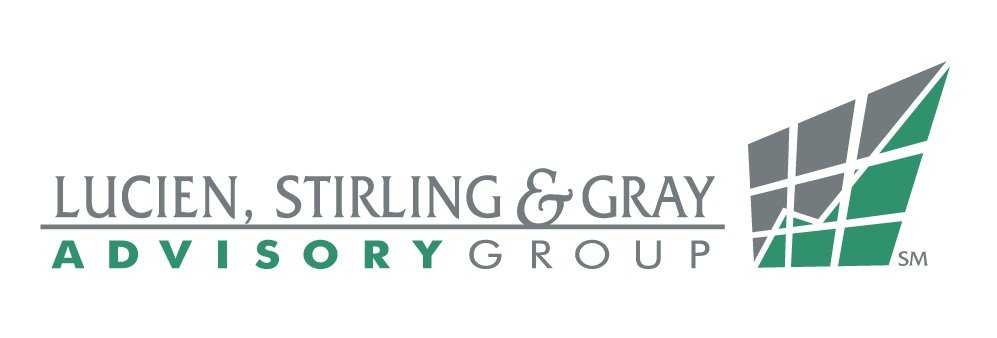What to Plan for 2023
Article By Chris Vasquez, ChFC®
Artwork by Daisy Lopez, Staff Accountant
With all the inflation we have seen this year, is there any silver lining to be found? Like most things in life, it depends on how you choose to look at it. So, let’s take a look at some of the changes taking place in 2023, and examine both the benefits and the costs that have come about in response to inflation.
The first has to do with an increase in social security benefits. Starting in January of 2023, everyone who is currently receiving social security benefits will see an 8.7% cost-of-living adjustment. To put that in perspective, the most recent cost-of-living adjustment occurred in 2020, and that was an increase of a mere 1.3%. So, 2023 brings with it a nice jump for those receiving monthly social security benefits.
For those who are still earning income and paying into social security, however, the amount paid in social security taxes may also increase, depending on your earnings level, because the maximum amount of earnings subject to social security taxes – the so-called social security wage base - will increase from $147,000 this year to $160,200 for 2023. Obviously, higher income earners will be the ones who bear the majority of this increase, potentially paying social security taxes on an additional $13,200 of their income in 2023 compared to this year, while people earning less than $147,000 will be largely unaffected.
But there are other changes afoot that may tend to help higher income earners. For instance, in 2023 the annual contribution limit for 401(k)’s, 403(b)s, most 457 plans, and Thrift Savings Plans will be increased by $2,000 to a maximum of $22,500, compared to a maximum of $20,500 for 2022. Additionally, for individuals aged 50 and above, so-called catch-up contributions will also be increased from $6,500 in 2022 to $7,500 beginning in 2023, allowing older individuals the ability to contribute additional amounts above the $22,500 limit. In total, with those changes, employees aged 50 and over will be permitted to contribute up to $30,000 to their company sponsored retirement plans.
For people who fund an Individual Retirement Account outside of their employer retirement plan, annual contribution limits will also increase in 2023. Both Traditional and Roth IRA rules will allow eligible individuals to contribute up to $6,500 for 2023, which is a $500 increase over this year. Unfortunately, the IRS did not raise the catch-up contributions for people over the age of 50 on traditional or Roth IRA’s. Those will remain pegged at $1,000 for 2023.
Each year, taxpayers have the option to either itemize their tax deductions or take the standard deduction to lower their taxable income. For 2023, that standard deduction will increase by $900 for single filers and those married and filing separately. It will increase by $1,800 for married couples, and by $1,400 for heads of household.
The standard deduction will also be $1,500 higher in 2023 for those over 65 or blind (up from $1,400 in 2022) and $1,850 higher if also unmarried and not a surviving spouse (up from $1,750 in 2022).
There are seven different federal tax brackets that will remain unchanged from 2022 to 2023 in terms of the percentage of income owed. However, the IRS is making significant adjustments to many of the income thresholds that define these brackets. This means that certain people may be able to remain in a lower tax bracket than in 2022 despite enjoying an increase in earnings in 2023. You should consult your tax professional for further details.
The main takeaway for all people reading this article is to prepare now to act on some or all of the benefits discussed above that apply to your situation. Determine what makes sense for you, and then determine what specific steps you need to take before January of 2023 to make the most efficient use of them.
Are you able to increase your annual contribution to your 401(k) Plan? Will you be turning 50 sometime during 2023? And can you take advantage of the catch-up provisions in order to invest even more for your financial future? Contact your HR Department or payroll Department and request the necessary documents now. This is one way you could combat inflation.
Should you adjust your withholdings or quarterly payments? The sooner you do so, the more efficient you’ll be, and the less likely you’ll be to be surprised later on.
As always, this article is not intended to be tax advice.
Please consult with your tax advisor or CPA.
Chris Vasquez
ChFC®

